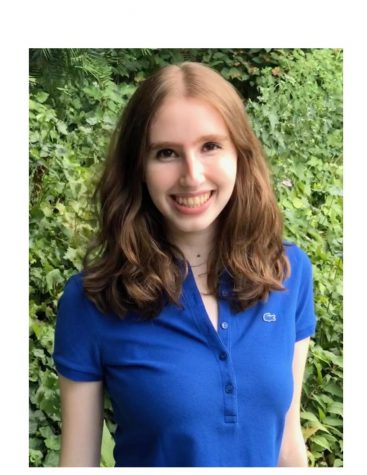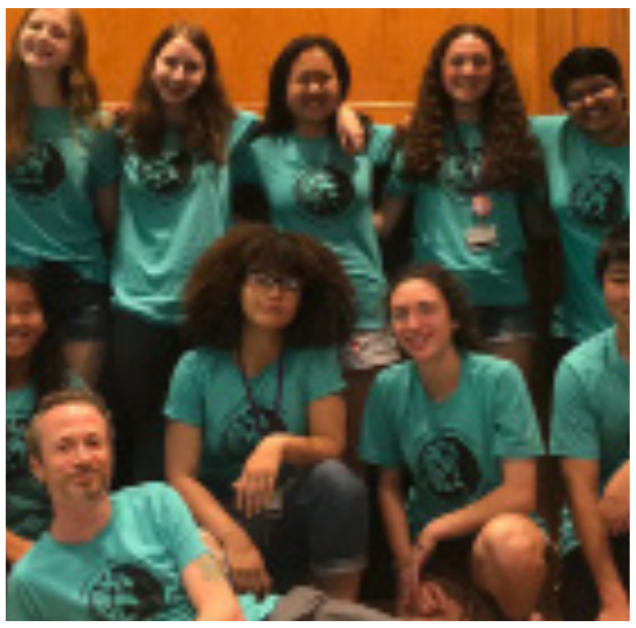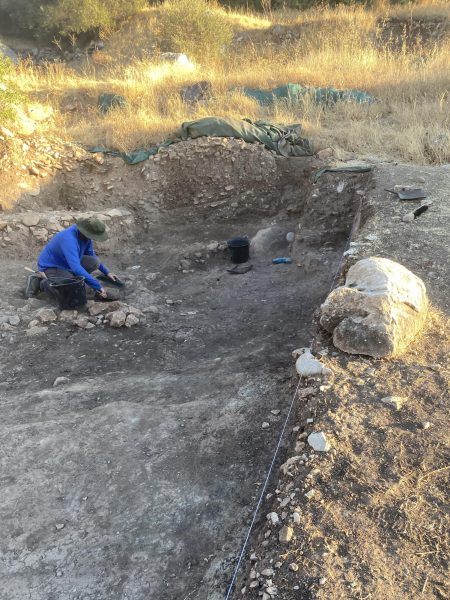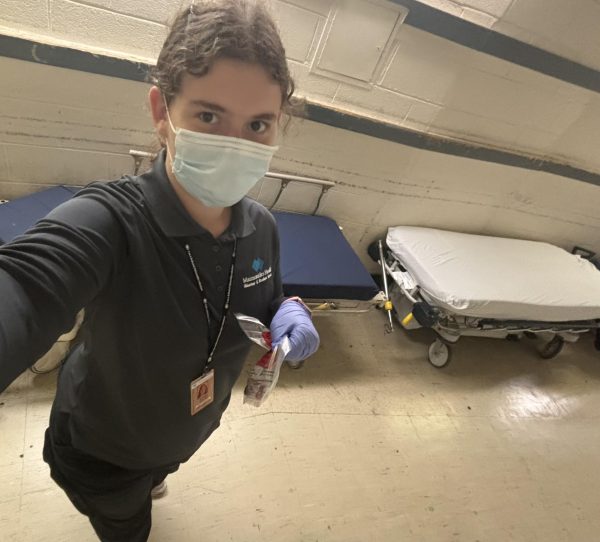Nature Worth Writing About
Sitting on decomposing logs and watching spiders walk on tree trunks, would be merely an uneventful scene in the forest, if not creepy and of-putting. Now, I understand that a setting in nature can have meanings that extend beyond what is just seen. Sitting on decomposing logs, I have learned to consider how these were once strong trunks and massive trees. Now these same tree trunks are returning their nutrients to the earth to once again become part of the great forest. Humans also have their own life cycle, and are just a sliver in the timeline of the natural world and its formations. There have been earthly processes in constant motion long before humans, and these will continue, after humans cease to exist. This more universal and amazing insight into nature was made possible through the guidance and incredible staff at the Kenyon Review Young Science Writers Workshop.
The Kenyon Review Young Science Writers Workshop is a two week program, offered at Kenyon College in Gambier, Ohio. This program is unlike a traditional writing intensive, being that students delve into creative writing, intertwined with the sciences. This program quickly became the highlight of my summer.
Prior to the Young Science Writers Workshop, I mistakenly viewed science as a completely separate entity from creative writing, or any form of writing in general. Science was usually considered a dry array of factual information, while writing allowed more of a chance to be creative and interpretative. After all, science class and English class are taught separately. The two subjects even utilize different parts of the brain. However, the program instructors completely debunked this concept, insisting that there can, and should, be a synthesis between the two topics.
Throughout the writing sessions, we read science-based poems with personal life experiences and opinions. This created a bridge in scientific interpretation between scientists and nonscientists alike. It was unexpected to read poems about nature, astrology, and lab experiment that weaved in metaphors and anecdotes about serious, seemingly unrelated topics, such as child adoption. As we read various pieces in class, I began to realize that “science writing” is a very broad category, and can be as scientifically detailed or vaguely inspired as you would like it to be.
The Young Science Writers Workshop also introduced me to professionals in the field of science writing not affiliated directly with the school. Invited professional writers read pieces aloud from their published books, spoke about their careers in writing, and how they came to be authors focusing on the sciences.
In each class, I felt that my writing and thinking skills were challenged. Instructors assigned difficult and unconventional writing prompts daily. For example, the class was instructed to describe the sounds of the universe, and to depict how natural forms such as waterfalls or volcanoes, were to smell, or even taste. We observed encased butterflies and beetles, paying close attention to their structure and colors, then applied our observations into creative writing. Class time dedicated to writing was followed by work shopping pieces to the class, and giving/receiving constructive feedback. I really felt that I was challenged as both a reader and writer, and I left the program with a new understanding on how we can incorporate facts and accurate information without sounding like a textbook.
The Kenyon campus grounds in Ohio are surrounded by glorious fora and fauna. During the afternoon sessions, we ventured outdoors, going on hikes in the forest to learn about tree identification and examining pollinating bees. On evening hikes, I saw hundreds of fireflies. The class was then given time to write outdoors, and I found it very inspiring to write surrounded by nature in its raw, untouched form. The program took advantage of the environment we were in, and I felt it easier and more enjoyable to write about nature and science, sitting amongst the trees of the forest.
During evening free time, I often sat outdoors with friends, admiring my surroundings: fireflies emerging as the sun set, their glow blinking in response to one another. Massive trees that have been growing for almost two centuries on what is today the Kenyon College campus. I learned that these trees do not grow isolated from one another, but an entire network for communication, the Wood Wide Web, exists underground. Tree roots obtain nutrients from fungi growing underground, and in return provide sugars. Trees also share resources via underground roots, such as sugar and water, with other trees in the forest. Sometimes trees or flowers growing their roots into the Wood Wide Web might even steal resources to knock out competition from neighboring trees. I began to view a forest not as a collection of trees living side by side, but as a community, much like that of humans, constantly communicating and sharing information with one another. Furthermore, seeing the fireflies ignite spontaneously made me think of ideas that can pop up in our head instantly. I became inspired to write about these comparisons in a poem. Because the instructors at the program exposed me to the concept of science writing, these connections became more frequent to recognize.
In addition, the program directors and kitchen staff at the cafeteria were extremely accommodating and understanding about my kosher meals prepared by the Columbus JCC and picked up by the college. I really appreciated that the kitchen staff heated up the meals each day.
I cannot imagine a more fulfilling experience. I was exposed to many like-minded and creative students all the while being mentored by a talented and caring staff. It was a beautifully sublime two weeks.

Samantha is a passionate journalist and loves writing for The Rampage because it is a window into the life of the student body that honestly reports true...



